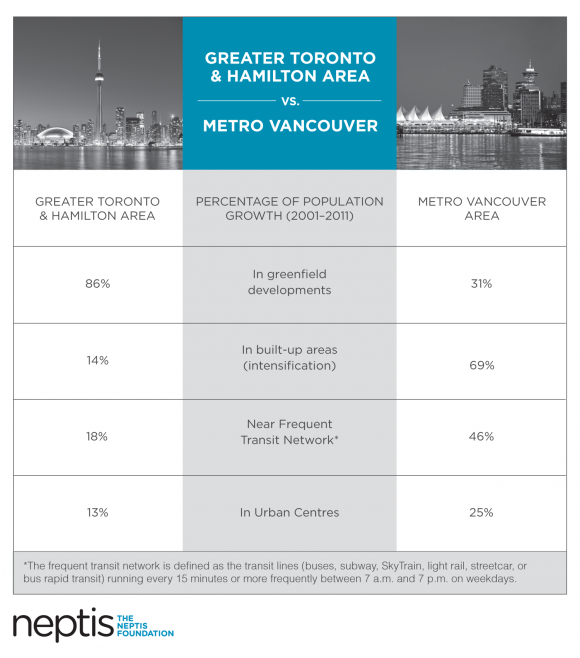Rainforest
Senior Member
Induced demand is a thing. Whatever road space was freed up by the building of this station, will quickly be replaced by cars taking new trips. The result is that our transportation system as a whole (roads, trains, etc..) are now moving more people, but with the downside of encouraging even more people to build and locate in these transit-hostile, ultra-low density, sprawling suburban communities. This is not sustainable transportation development, and in the long run it will bite us in the ass.
This is the exact same catch-22 faced with GO RER. Yes, RER will "remove" million of trips from the roads. But those millions of trips will be immediately replaced by other people taking more car trips, leaving us with no less road congestion. And because RER is making it possible for more people to travel to/from these low-density suburbs, there will be more people wanting to locate in those suburbs, and thus increasing pressure to develop in these suburbs. But these suburbs cannot be effectively served by transit, so in the long run we're building a region that's even less transit accessible. You see the catch-22 we're in? Building car-depdant transit only increases car-dependance across the region.
Fun fact: Over the coming decades, transit modal share in the GTHA is expected to decrease, despite hundreds of billions of dollars of investments in infrastructure.
Isn't that a consequence of growing total population though? Without investment in public transit, the transit modal share would be even lower ..
